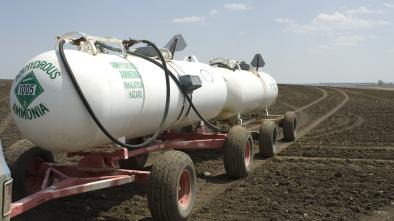Science Source
Coupled biogeochemical cycles: eutrophication and hypoxia in temperate estuaries and coastal marine ecosystems
- States that primary production in most temperate estuaries and coastal marine ecosystems is nitrogen (N) limited, although phosphorus (P) also contributes to eutrophication
- Finds that during eutrophication, biogeochemical feedbacks act to further increase the availability of N and P, but to decrease the availability of silica; this positive feedback accelerates eutrophication and hypoxia, and makes harmful algal blooms more likely
- Changes in ocean circulation patterns over recent decades have increased the sensitivity of some estuaries and coastal systems to becoming hypoxic from nutrient pollution
- Finds that decreased levels of dissolved oxygen – low in hypoxic waters and absent in anoxic waters – are associated with elevated carbon dioxide (CO2) concentrations, which cause acidification and increase the vulnerability of estuaries and coastal systems to continuing perturbations of ocean chemistry from anthropogenic CO2 emissions into the atmosphere
Related Content
Headline

Aug 21, 2017 | NPR.org
Can Anyone, Even Walmart, Stem The Heat-Trapping Flood Of Nitrogen On Farms?
Headline

Aug 21, 2017 | The Guardian
Meat industry blamed for largest-ever 'dead zone' in Gulf of Mexico
Headline

Aug 21, 2017 | NCCOS News and Features
Hypoxia Leads to Atlantic Croaker Decline in Gulf of Mexico, Models Show
Headline

Aug 21, 2017 | Washington Post
The Gulf of Mexico dead zone is larger than ever. Here’s what to do about it.


